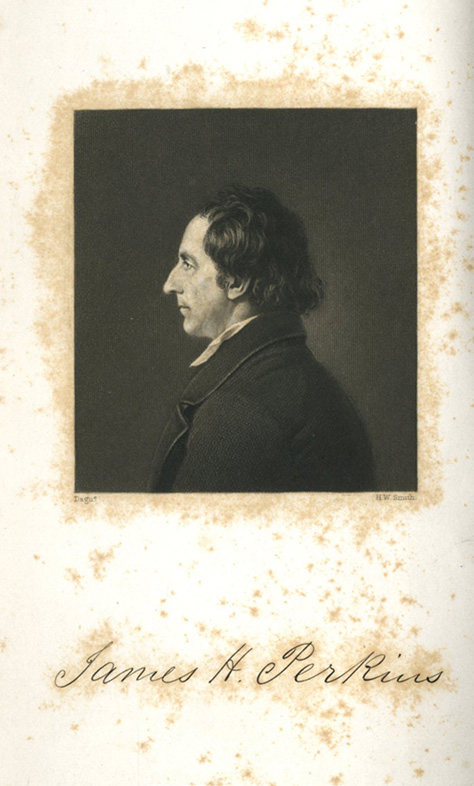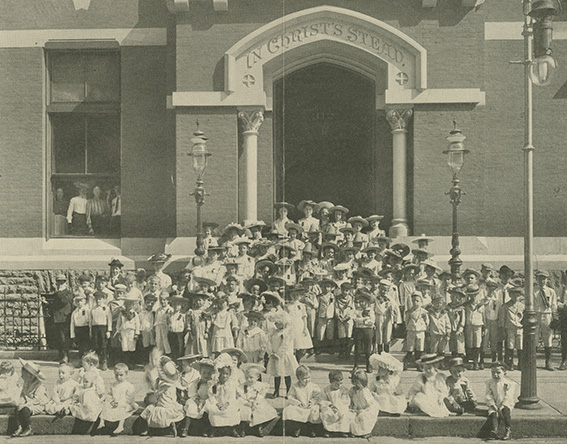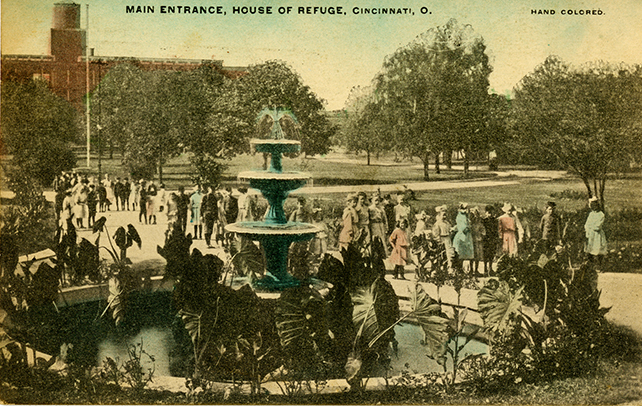 Before the House of Refuge opened in 1850, there was no institution serving juvenile criminal offenders in Cincinnati. Juvenile offenders were housed with adults in the Hamilton County jail. In the late 1830s, a movement began in Cincinnati to reform the penitentiary system and a man named James Handaysd Perkins took part in this movement. Although Perkins did not live long enough to see it, he had an important role in the start of the juvenile criminal justice system and social services in Cincinnati.
Before the House of Refuge opened in 1850, there was no institution serving juvenile criminal offenders in Cincinnati. Juvenile offenders were housed with adults in the Hamilton County jail. In the late 1830s, a movement began in Cincinnati to reform the penitentiary system and a man named James Handaysd Perkins took part in this movement. Although Perkins did not live long enough to see it, he had an important role in the start of the juvenile criminal justice system and social services in Cincinnati.
Perkins was born in Boston and moved to Cincinnati as a young man in 1832. He came from a well-to-do family and was a talented writer and speaker, but he seemed to struggle to find his place in life. He suffered from some health problems and also possibly from some mental health issues.[i] He arrived in Cincinnati in search of a quieter life and with hopes of purchasing land for a farm, but instead he quickly became an up and coming member of society. He began studying law under his friend, Timothy Walker, and joined a group of affluent New Englanders already living in Cincinnati. Perkins even met his wife, Sarah Elliot of Connecticut through his social circles. Even though life seemed to be going well for him, Perkins quickly became disillusioned with the law and attempted a variety of different careers from farming to establishing a milling and tool manufacturing business. Continue reading


